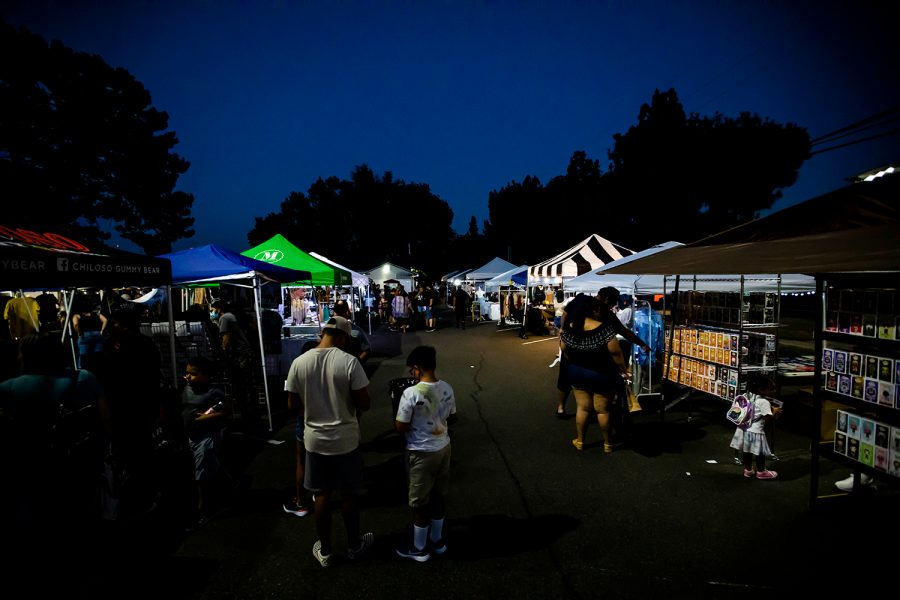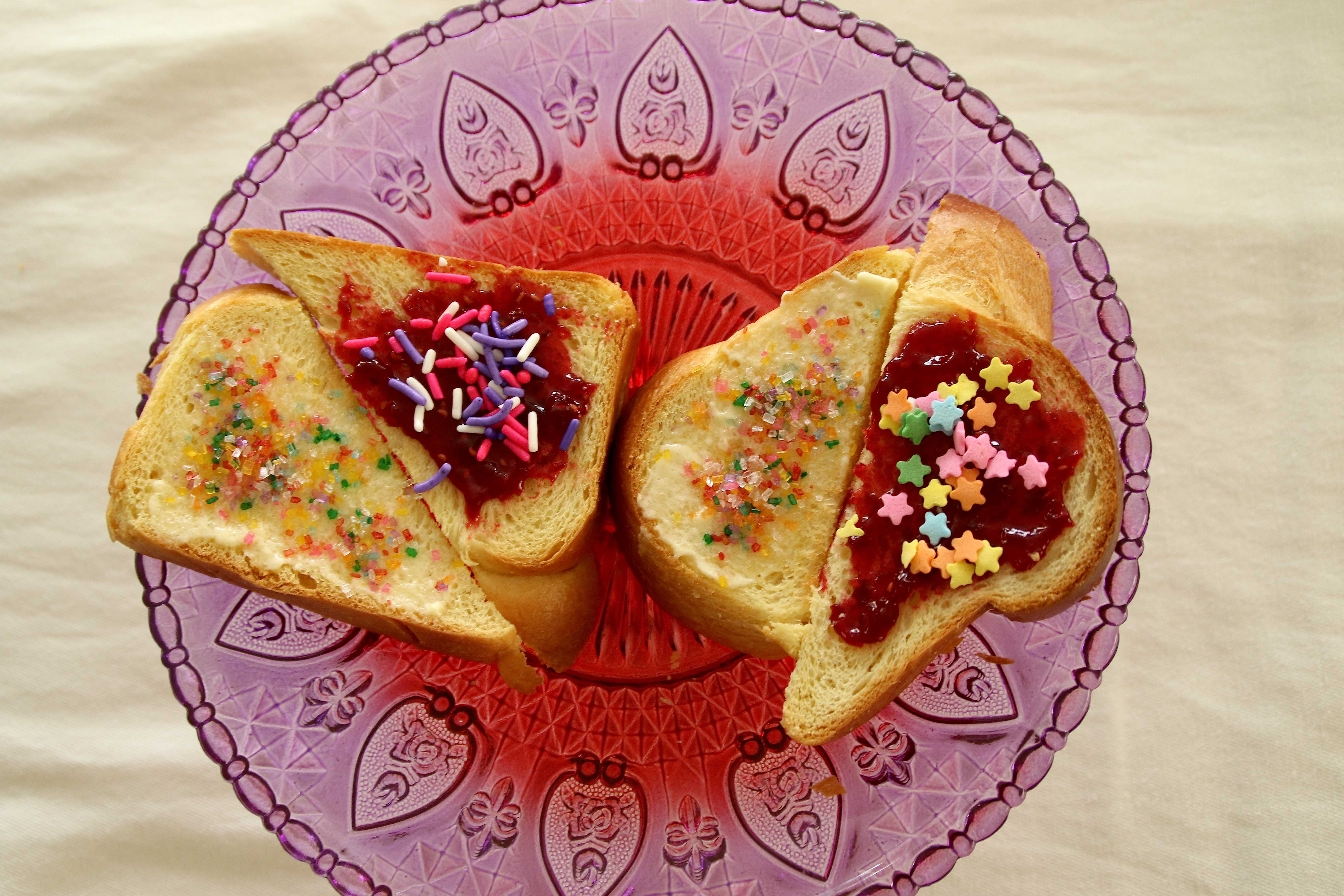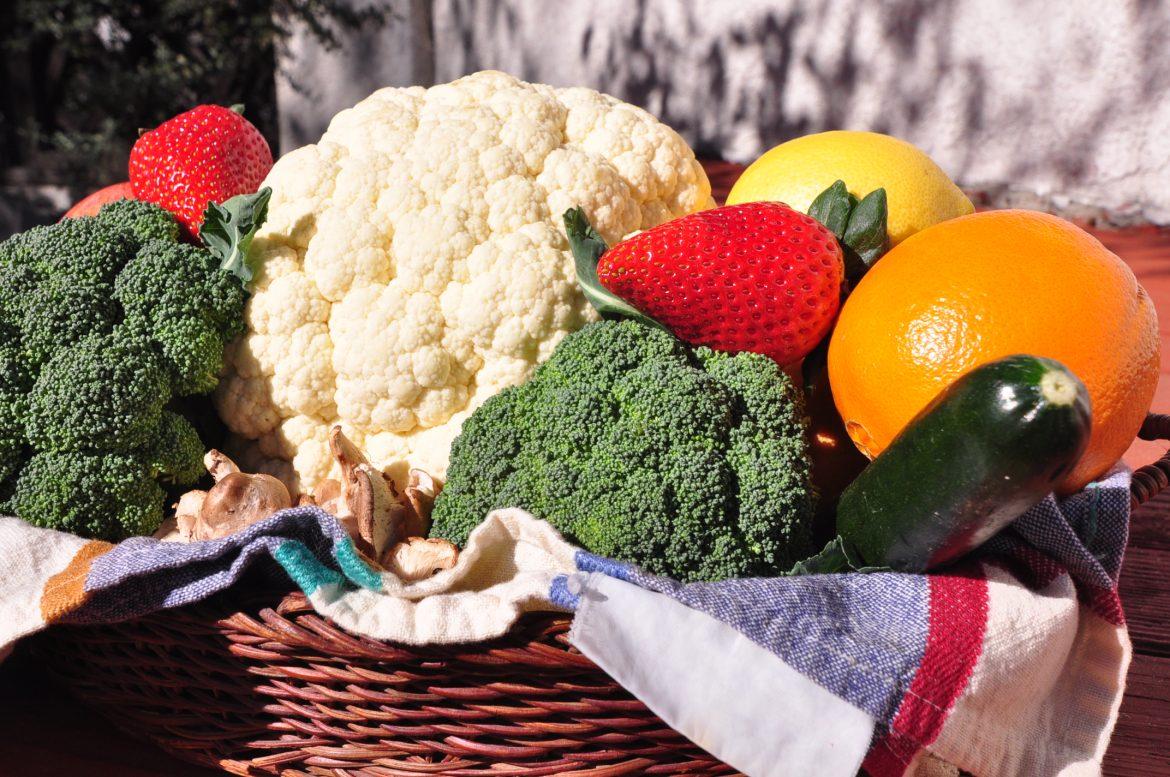Ever wonder why your favorite beer is bottled in a brown bottle, rather than a more eye-catching green, blue or clear bottle? The answer is chemistry. We all know that ultraviolet light (UV) can be harmful to our skin in high rates of exposure, but it can also be detrimental to the quality of your beer. Science-savvy beer makers realized that their trademark brews’ taste were being altered– sometimes referred to as “skunk” beer– by nature, leading to the bottling of beer in dark, glass bottles. Brown glass bottles don’t absorb UV light as readily as its counterpart colors such as clear, green, or blue. Although brewers are well aware of this fact they continue to bottle beers in various colored containers because of marketability and image aesthetics. If we all drank beer from similarly colored bottles, it would be fairly difficult to discern one from the other.
Glass Over Plastic
Traditionally, the bottling of beer has favored glass and aluminum containers over plastic. Aside from plastic’s numerous eco-unfriendly attributes, its ability to be recycled presents a more economical problem for brewers. Polyethylene terephthalate (denoted as PET or PETE 1) is cheap to manufacture but difficult to reuse. Unlike glass and aluminum, the recyclability parameters of PET are much more strict, typically requiring that plastic bottles be free of added dyes and labels. Just as with the variation of colored beer bottles from separate brewers, all beer sharing one trademark color would be extremely ineffective to gain a competitive edge. Likewise, all beer would have to be bottled in clear plastic in accordance with recycling policy, leading to more beverages turning into the dreaded skunk beer. Companies that bottle beers in plastic containers, like Miller Brewing Co. and Heineken International, are currently paying a premium to have their bottles sourced from recyclable materials.





